💎 How Frank Darling broke the mold
Kegan Fisher on scrappy retail lessons and building a brand millennials love
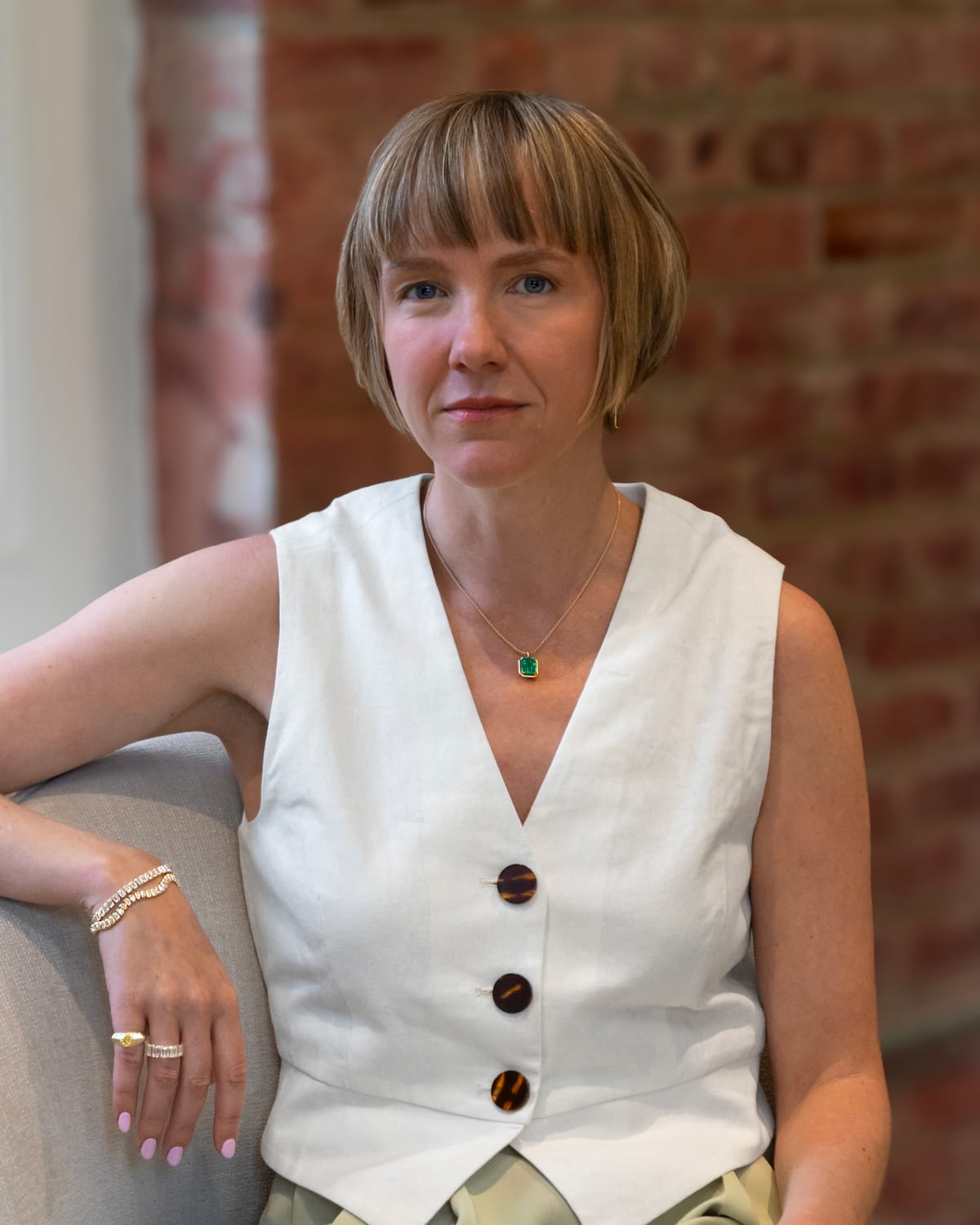
When Kegan Fisher and her now-husband, Jeff Smith, first started shopping for engagement rings, they felt trapped between two extremes: a dated e-commerce world that is promo-driven, bland and speaking only to the male customer, and luxury houses that felt increasingly out of touch with what millennials and Gen Z actually want in both design and price point.
In 2017, they set out to build Frank Darling, a brand that celebrated individuality and customization. Today, their business includes ecommerce, 10 nationwide showrooms and an upcoming NYC flagship. Here, Fisher shares what she’s learned about retail along the way.
—Interview by Marcy Medina, edited by Bianca Prieto
What were those early days like, finance-wise? What would your advice be to others who don't know where to start with funding a new venture?
The first year was rough. We sold maybe 30 rings total, did a couple hundred thousand in revenue at most. People thought the Try-At-Home program was cool, but they weren’t ordering. We hadn’t paid ourselves in two years. The $300k we’d raised was gone. But here’s the thing: being forced to survive on revenue made us ruthless about what mattered. If something worked, we doubled down. If it didn’t, we dropped it. That’s how we ended up doing some pretty wild things: inviting customers into our apartment to try on rings, renting hotel rooms by the hour just to show diamonds in person, making free CAD models for anyone who asked, writing a hundred blog posts about the weirdest long-tail diamond searches we could think of. It wasn’t glamorous. But it taught us how to listen. And it forced us to build something people actually wanted, not just something that sounded good on paper.
How do you manage inventory with precious metals and diamonds? Were the upfront costs of buying materials daunting at first and how do you manage that?
We’ve always been a zero-inventory business, which was one of the things that drew us to this industry in the first place. Everything we make is made to order. The model is simple: our customers pay us, we pay our vendors. If something gets returned, the gold gets melted down and, in most cases, the diamond goes right back to the supplier. It’s a win-win. There’s no waste, no piles of unsold product sitting around, and it gave us the freedom to do things that felt unthinkable in fine jewelry at the time, like offering 30-day free returns on a $5K average order. That structure let us put all our energy into the one thing that really matters: giving customers the best possible experience.
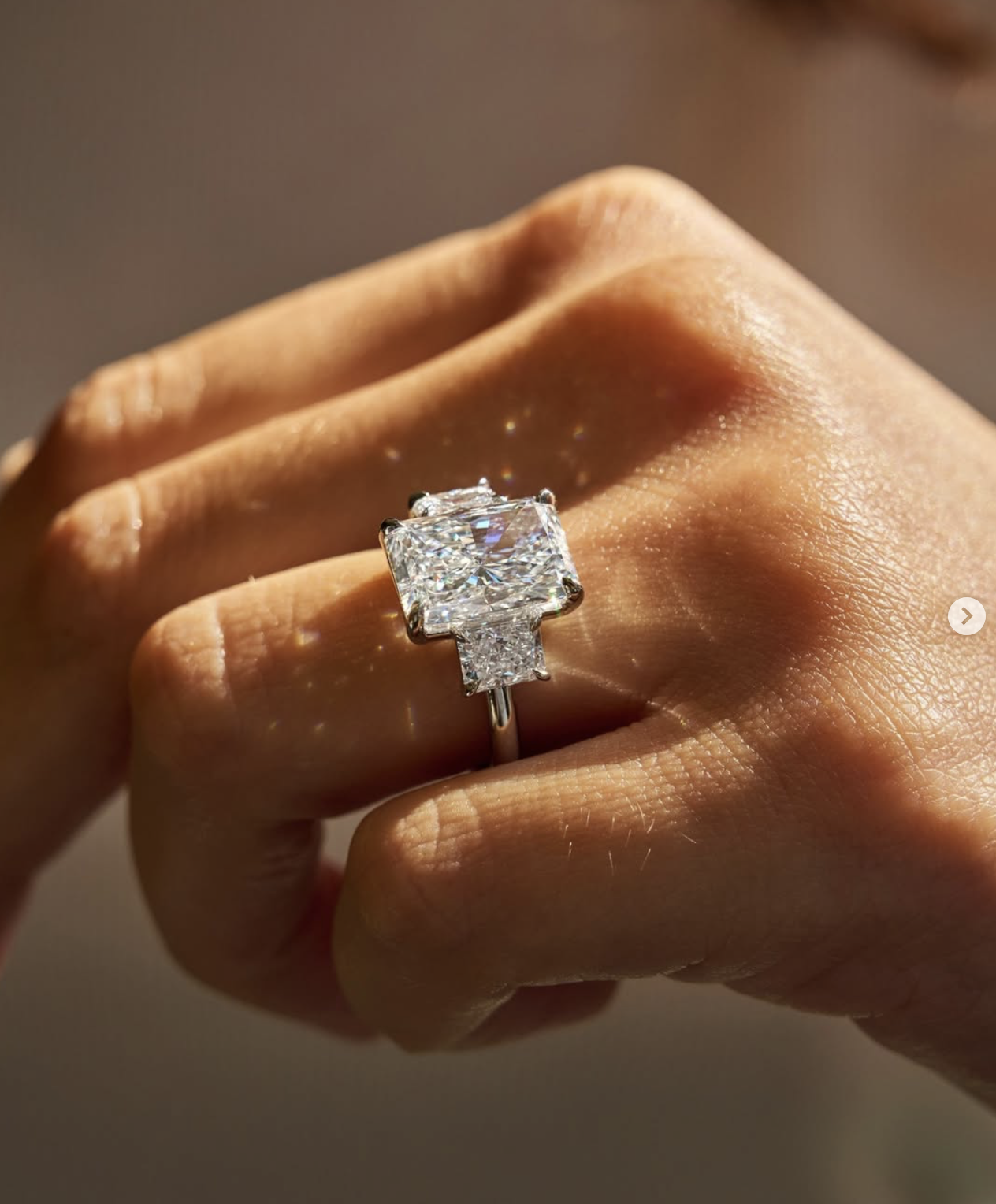
Was the plan always to offer both online and in-store experiences, or did one come first?
Online came first. This was always about building an e-comm business, but survival meant meeting customers where they wanted to be, which, it turned out, was in person. Our “retail” journey started with booking Breather spaces by the hour to show diamonds, then a WeWork, then our apartment. Eventually, we graduated to an 800-square-foot studio in Brooklyn with exactly one consult room. People assume retail is expensive, and it can be. But for us, scrappiness was the strategy. By starting small, pursuing second-floor spaces and designing each with a local living room-like feel, we found a way to grow our physical presence affordably without raising growth capital, which is something we’re really proud of.
When it comes to expanding your brick-and-mortar presence, what is your approach and how do you evaluate each potential location?
When we’re deciding where to open a showroom, we look at a mix of signals: web traffic from that area, how many Try-At-Home orders we’re seeing, existing orders shipping there, the competitive landscape, how it balances against the regions we’re already in and of course, real estate costs. We’ve never needed to be on the most expensive street—we’re a destination. What matters more is that the space feels like a special outing, something memorable. We look for locations with a bit of je ne sais quoi that reflect the local atmosphere, rather than dropping in a cookie-cutter jewelry store that could be anywhere. Our showrooms are experience-first, designed to be completely bespoke. We build their visit around their preferences before they even walk through the door.
What would you tell other small business owners who are looking to open their first store or expand to their second?
The truth is, retail doesn’t have to be expensive. There are so many ways to do it, and what “retail” even means has changed a lot over the past decade. Maybe you can’t lease your own space right away, but you could partner with a restaurant or another business. The coffee shop across from our office hosts pop-ups all the time. You could take a second-floor space or you could pitch a store-in-store concept to a like-minded brand.

Thanks for reading this week's edition!
You can reach the newsletter team at theskupe@mynewsletter.co. We enjoy hearing from you.
Interested in advertising? Email us at newslettersales@mvfglobal.com
The SKUpe is curated and written by Marcy Medina and edited by Bianca Prieto.
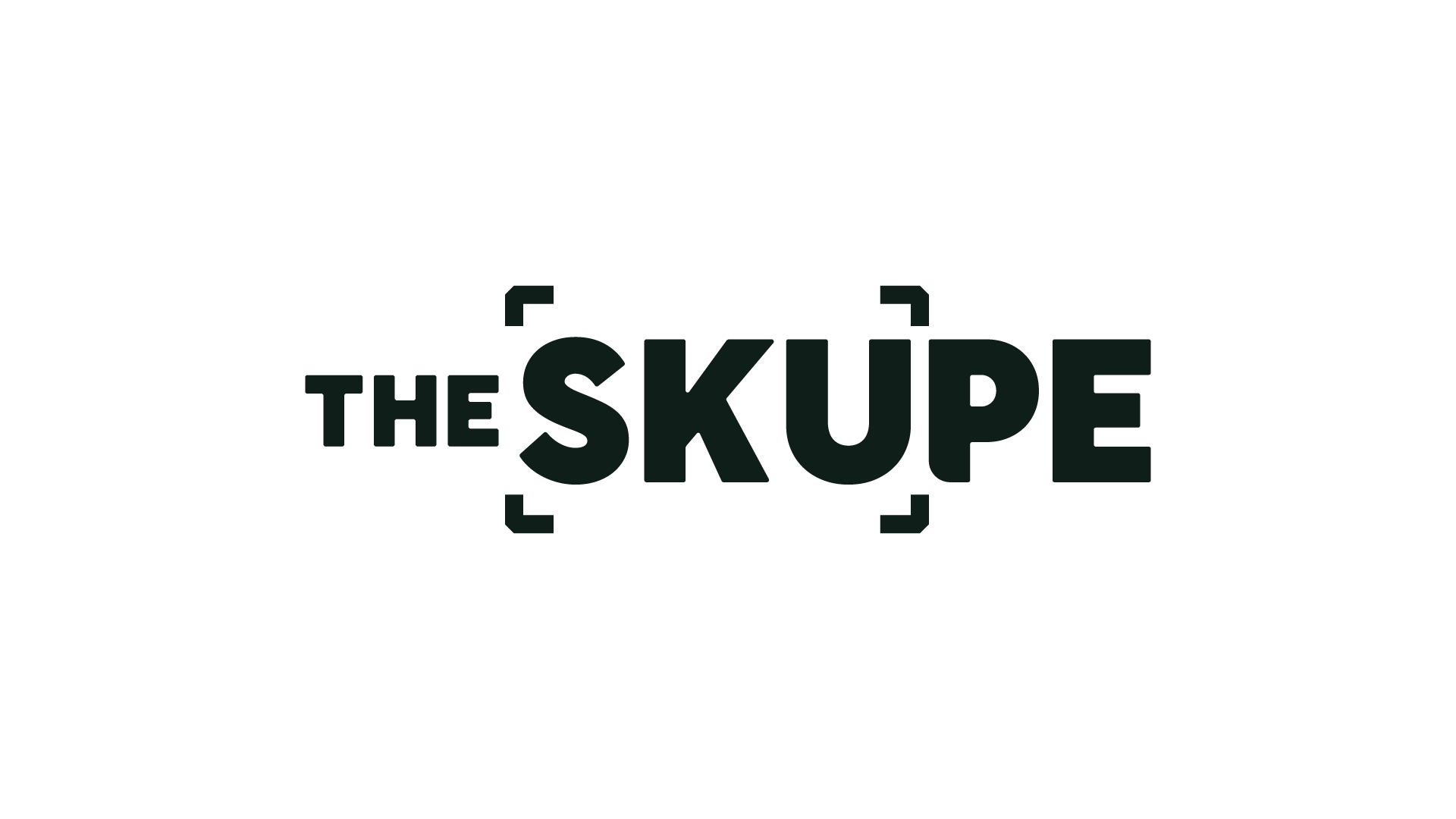

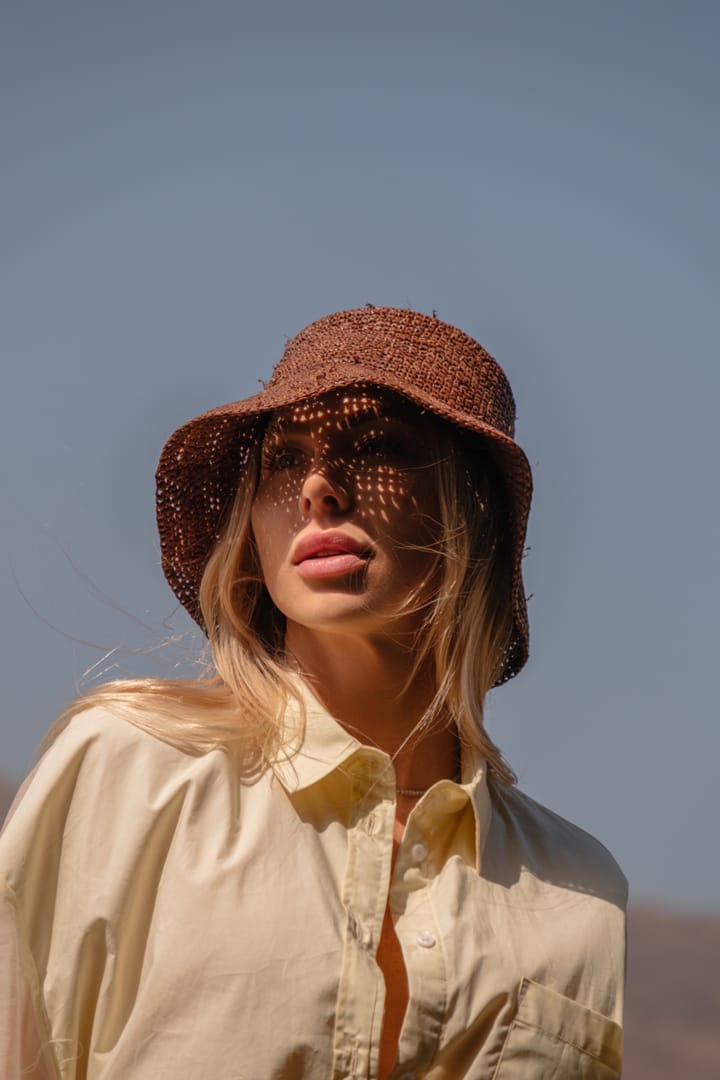
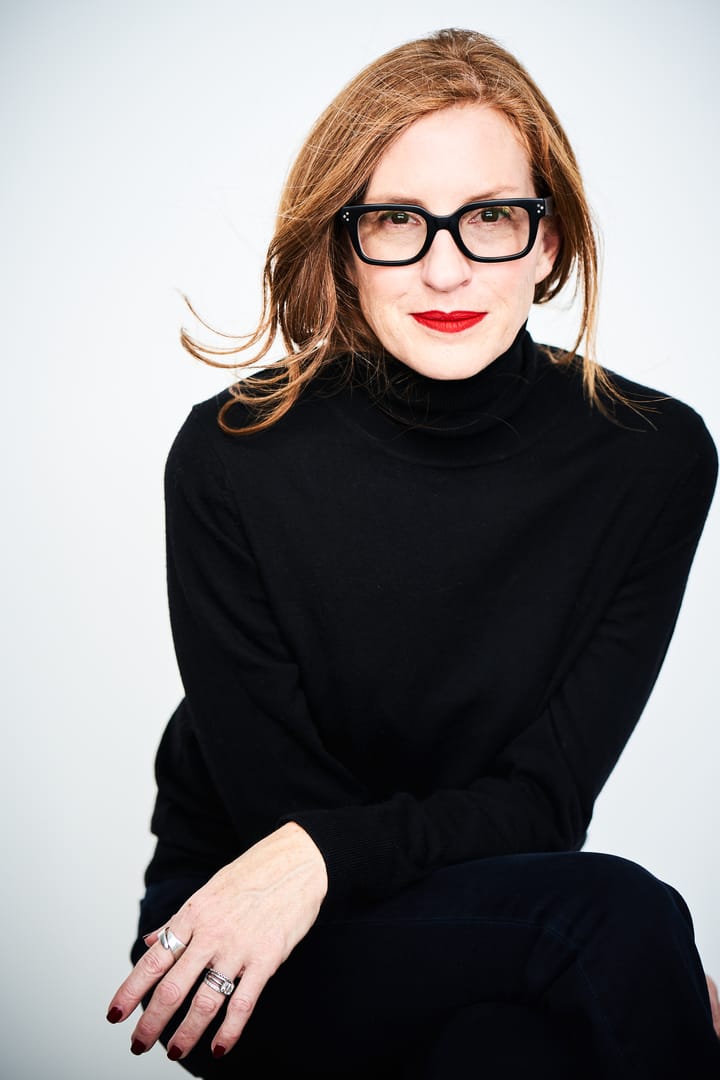
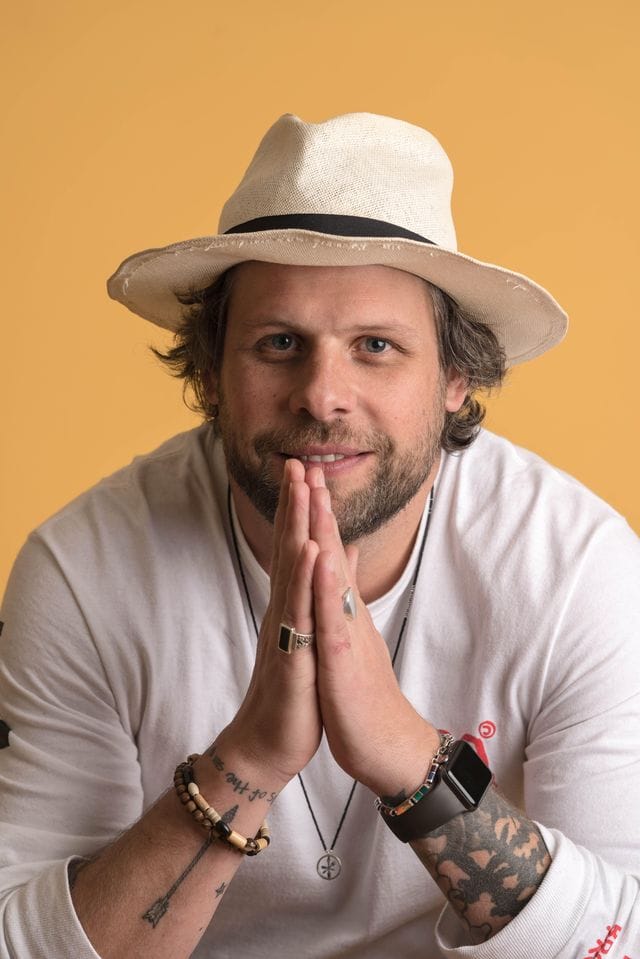
Comments ()